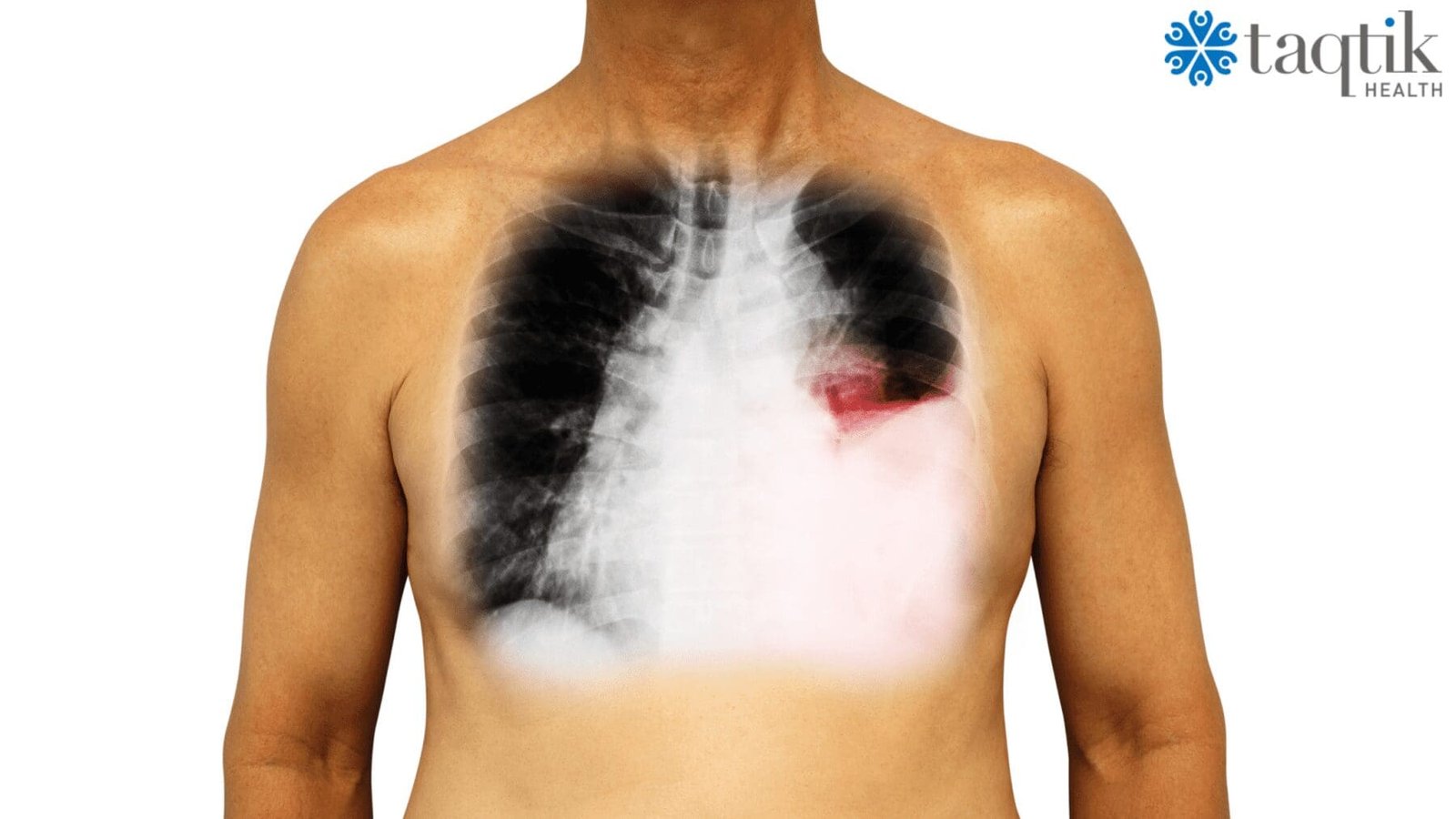MediPolis Technique with Breast Cancer
MediPolis Technique with Breast Cancer
Medipolis Technique: immobilization for breast cancer radiotherapy
It is not always necessary to aim for great precision when the whole breast is irradiated after breast-conserving surgery but targeted proton beam therapy requires immobilization of the breast and this presents practical difficulties for clinicians. Further, there is no consensus on the best position of the patient at fixation because the shape of the breasts may change due to the effect of gravity. Irradiation of the breast with the patient in the supine (that is, face-up) position would lead to a greater damage to the lungs and heart compared with the prone (that is, face-down) position. However, it is difficult to obtain high geometric accuracy during irradiation in the prone position because the breast is not secured and it shifts with the movement of the thorax due to respiration. The Medipolis Technique utilizes a hybrid breast-immobilization system (HyBIS) that exploits the best aspects of the supine and prone positions.
Using HyBIS: overview
There are three phases to HyBIS: preparation, setup and treatment. In the preparation phase, the patient is secured (except for the affected breast) on a whole body immobilization system that allows for adjustments in position. The device incorporates a photo scanning system that generates a digital image of the breast from which a unique breast cup is created.
The breast cup is fitted to the breast and held in place with a specially designed retention apparatus.
With the patient and breast immobilized, the setup phase of simulation and planning treatment based on CT images can begin. These data provide the basis on which the treatment phase is implemented. Treatment ends with the removal of the breast cup and relaxation in a bathtub.
Novel technologies
MPTRC has incorporated novel technologies in the development of HyBIS. The whole body immobilization system was designed to hold the entire body of a patient in a polycarbonate case on a purpose-built aluminum stretcher, with vacuum cushions and belts.
Treatment Schedule
Treatment schedule will be decided by the oncology specialists and advisors. Patients will be treated daily at the time for 15 min to 40 min. In the average treatments, lung and liver cancers needs two to three weeks of daily treatment during weekdays,and prostate and osteocartilaginous cancers need approximately 8 weeks.
Adverse Effects
Patients with proton therapy therapy do not show significant adverse effects such as hair loss, nausea, vomiting, and mental disturbance.
Early Signs of Lung Cancer
Not only cigarette smokers but there are nonsmokers who also do get lung cancer and smokers who don't get it. Early signs of lung cancer are very essential for diagnosing lung cancer early. A major killer of men and women in the world is lung cancer. The main contribution to lung disease is cigarette smoking,...Continue reading→
Diagnosing Lung Cancer Early
Here are the common ways of diagnosing lung cancer and why early diagnosis increases the chances of survival for patients who have this disease Lung cancer is the fastest-growing smoking-related disease in the world, it is also fastest-growing cancer with almost a million+ people being diagnosed every year around the world. This kind of growth...Continue reading→
Proton Therapy vs. X-rays
Radiation therapy with X-rays is a valuable treatment option for many cancers but its role is limited by the risk of damage to organs adjacent to the tumor site that can sometimes be life threatening. This is because X-rays are highly penetrating, imparting ionizing energy to cells as they pass through the skin and tissues....Continue reading→
Endovascular Treatment at IGT Clinic
Catheter guided cancer therapy: inject the drug only around the cancer area, instead of whole-body administration, which allows minimizing the dosage of drugs and damage to surrounding healthy organs. Under the advanced imaging instrument and technology, and experienced experts, IGT clinic has a long-time history and repeated patients worldwide. The clinic is located within...Continue reading→
Non-Surgical Cryoablation Treatment of Breast Cancer Tumors
Cryoablation is the technique of using extreme cold to destroy tissue. It has been used for years in medical applications like dermatology, kidney, prostate, and liver to treat both cancerous and non-cancerous tumors. Dr. Fukuma at Kameda Medical Hospital developed the technology to remove breast cancer by non-surgical cryoablation. By this non-surgical treatment, Dr. Fukuma's patients avoid...Continue reading→
Diet and Cancer
Diet is now considered a major factor in the prevention and treatment of cancer. According to the American National Cancer Institute about one-third of the cancers are linked to diet. Thus, right choices of foods can help prevent a majority of new cancer cases and deaths from cancer. Cancer usually develops over a long period....Continue reading→
Colorectal Cancer – Prevention Tips and Treatment Methods
Colorectal cancer, also called colon cancer. In the United States, it is the fourth most common cancer in men and women. The colon is the part of the digestive system where the waste material is stored. The rectum is the end of the colon adjacent to the anus. Colorectal cancer causes 655,000 deaths worldwide per...Continue reading→
About Cancer Research in the UK
Radiation therapy has advanced as well. While more sophisticated equipment and technology does less damage to the surrounding tissues, new discoveries and developments have brought about new and more effective medicines with fewer side effects. This and other advancements have been brought about by ongoing cancer research. Cancer Research UK is one research organization based...Continue reading→









